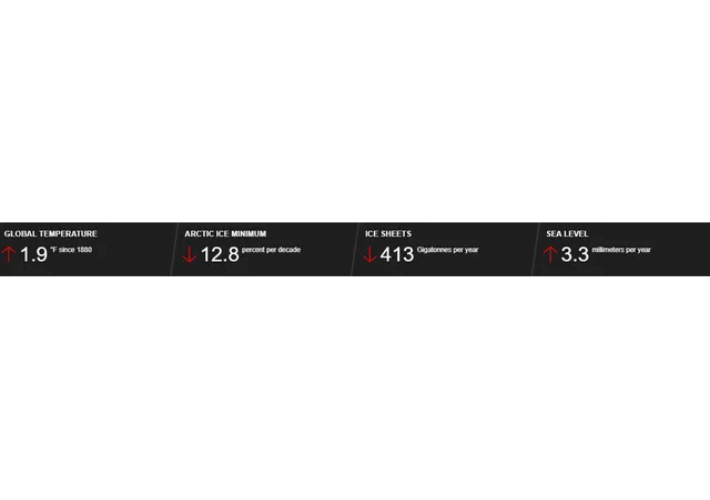In this climate where workers are more proactive in choosing to affiliate themselves with companies that care for the environment, it is imperative that employers begin valuing sustainability. They can do this in their internal operations, but one way they can do this most visibly is by implementing it in their building designs.
That is why there are building performance modeling specialists who work together with architects and other design and construction professionals to come up with a structure that is pleasing to the eye and sustainable. While this would have been challenging to achieve without the right stack of tech tools, there are new innovations in different fields included in construction design software that architects, engineers, and others can take advantage of.
We discuss a few of these below and how they are making an impact in design.
AI and Data Processing
Artificial intelligence is commonly used in different industries to automate tasks, and the field of architecture is one of them. Indeed, it is being used to take care of repetitive tasks to enable humans to focus their time on design.
AI can be beneficial beyond that, though, because of its capability to process large volumes of data to assist in intelligent decision-making. For example, it can pull the necessary information about an area where a client would like to build a structure, such as zoning data, building regulations, and other similar info. This would make it easier for the user to input the necessary material to the building design software to begin the performance modeling process.
And together with the clients’ design needs and expectations, the AI system can generate different suitable models.
Computational Design and Data Visualizations
The design process used to be limited only to pen and paper, with calculations being done using calculators only. It all changed with computers when software like a 3D building designer was introduced. And according to WSP USA, the computational design was also introduced to the design process with the rise of such innovations.
This utilization of computer programs and scripts is gaining traction in the field because it assists designers, engineers, and other construction and design professionals in streamlining work processes. Best of all, it provides data visualizations to users.
With these visualizations, professionals to make sense of the information they get from doing analyses for them to be better able to incorporate them into the design their clients are looking for. On top of that, it can be advantageous to the environmental performance of a project as it enables teams to identify the metrics they need to enhance to reach their performance objectives.
Climate Zone Maps for Accurate Modeling
According to NASA’s climate change website, global temperature has risen 1.9 degrees Fahrenheit since 1880. While this may sound like a small increase, this has a great impact globally and has led to the loss of ice sheets and a rise in water levels.

Since the climate is ever-changing, it is important for house and building designs to incorporate temperature and other environmental factors. Architects are already taking those into account while ensuring the aesthetics of their models.
But how can they make sure that their designs can withstand the climate of the region they are going to be built in? This is where architectural drawing software, one of the SaaS tools for SMBs in the design and construction industries, connected with third-party solutions for climate mapping comes in. With its integration capability, it can pull region-specific climate data from reliable sources of historical information as well as projections. This way, they can ensure the maximum comfort of the inhabitants or occupants they are creating a structure for.
Building Performance Modeling and Energy Use
Artificial intelligence is commonly used in different industries to automate tasks, and the field of architecture is one of them. Indeed, it is being used to take care of repetitive tasks to enable humans to focus their time on design.
AI can be beneficial beyond that, though, because of its capability to process large volumes of data to assist in intelligent decision-making. For example, it can pull the necessary information about an area where a client would like to build a structure, such as zoning data, building regulations, and other similar info. This would make it easier for the user to input the necessary material to the building design software to begin the performance modeling process.
And together with the clients’ design needs and expectations, the AI system can generate different suitable models.
Building performance modeling encompasses everything from quality assurance, energy performance, thermal environment, ventilation, lighting, and more. At the very least, it helps make sure that the building design is appropriate for the environment and would be efficient in energy consumption while being comfortable for its inhabitants.
There are numerous technological innovations (and their products) that have vastly changed the way architects, engineers, and others approach this task. Artificial intelligence is one of them and has proven its value with the way it can process tons of volumes of data. This allows construction design application users to come up with models that are suitable for the environment and especially to the clients’ design tastes.
There are also data visualizations that users can gain from computational design. This has a similar procedure as AI because it presents data visually to ensure that professionals can understand it easily and apply insights to their design and construction decision-making quickly.
Additionally, there are climate maps with historical records and projections that are born from different technological innovations. With this data, designers can maximize the advantages of an environment and mitigate any negatives in the structure.
And when it comes to choosing the best software that can incorporate these, it would be prudent to look into SaaS, PaaS, and IaaS difference to ensure that the preferred solution would fit into the workflow of your company.
